History of puerto rico: Puerto Rico – HISTORY
History of Puerto Rico – XV Century
XV Century – 1599
XV Century
Taíno Indians who inhabited the territory, called
the island Boriken or Borinquen which means: “the great land of
the valiant and noble Lord” or “land of the great lords”. Today this word -used
in various modifications- is still popularly used to designate the people and
island of Puerto Rico.
The Taíno
Indians, who came from the Orinoco River in present Venezuela, inhabited the major portion of the
island when the Spaniards arrived. The Taíno Indians, lived in small
villages or “bateyes”, and were organized in clans, led by a Cacique, or chief. They were a
peaceful people who, with a limited knowledge of agriculture, lived on such
domesticated tropical crops as pineapples, cassava, and sweet potatoes
supplemented by seafood.
1492
On April 17, Ferdinand and Isabella of Spain signed the agreement to
finance and set the terms of Columbus’s voyage to the Indies. The document is
The document is
known as the Capitulations of Santa Fe. The agreement established that Columbus
would become the viceroy and governor of all discovered land and rights to 10%
of all assets brought to Spain, among other terms.
On August 3, the fleet of three ships –the Niña, the Pinta, and the
Santa María– set forth from Palos, Spain. The first sighting of land
came at dawn on October 12. They landed at San Salvador, in the Bahamas.
Thinking he had reached the East Indies, Columbus referred to the
native inhabitants of the island as “Indians,” a term that was ultimately
applied to all indigenous peoples of the New World.
1493
Christopher Columbus
After the success of Columbus’s first voyage, he had little trouble convincing
Ferdinand and Isabela of Spain, to follow up immediately with a second
voyage. Unlike the exploratory first voyage, the second voyage was a massive
colonization effort. On September 25, Christopher Columbus set sail from
Cádiz, Spain with 17 ships and almost 1,500 men. The second voyage
The second voyage
brought European livestock (horses, sheep, and cattle) to America for the first
time.
On November 19, Christopher Columbus discovered the island in his
second
voyage to the New World. He found the island populated by
as many as 50,000 Taíno or Arawak Indians. The Taíno Indians who
greeted Columbus made a big mistake when they showed him gold nuggets in
the river and told him to take all he wanted. Originally the newcomers
called the island San Juan Bautista, for St. John the Baptist
and the town was named Puerto Rico (“rich port“)
for its abundance of natural resources, specially gold and its excellent location.
It was not until later that the two names were
switched. Thanks in part to the enthusiasm of ambitious
Juan Ponce de León, a lieutenant to Columbus,
the city of Puerto Rico, it quickly became Spain’s most important military outpost in the Caribbean.
1501
The Spanish Crown permitted export of slaves to America.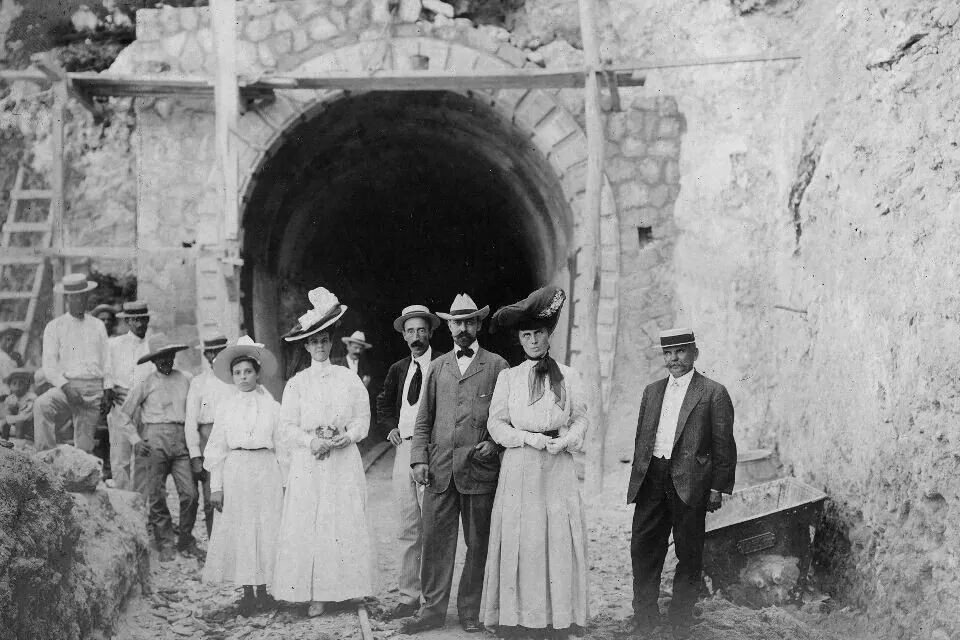
1503
Governor Nicolás de Ovando opposes the importing of slaves.
First slaves arrive in Hispañola.
1505
On March 25, Vicente Yañez Pinzón Captain was appointed
“corregidor” of the island San Juan Bautista and governor of the fort that he
was to construct therein.
1506
On May 20, Christopher Columbus died in Valladolid, Spain.
1508
Spanish colonization begins. King Ferdinand II of Aragon assigned Ponce de León
to lead an official expedition to the island.
On January 14, first school in Puerto Rico was established in Caparra.
On June 15, 1508, Nicolas de Ovando, the viceroy of Espanola (Hispaniola), granted Ponce de Leon
the privilege to explore and subjugate the island of San Juan Bautista.
On August 8, Juan Ponce de León founded the Caparra Village near the bay on the north coast,
not far from the modern city of San Juan. It became the first European settlement in Puerto Rico.
Puerto Rican archeologist, Don Ricardo Alegria estimated that the island had some 30,000 inhabitants.
1509
The Spanish authorities refused to grant to Diego Columbus (Christopher’s
son) privileges to all discovered land, as a results, the Crown
officially appointed Juan Ponce de León governor of the island.
The first repartimiento in Puerto Rico was established, this
system consisted of distributing among officials and colonists fixed
numbers of Indians for wage-free and forced labor.
The Spanish Crown instituted the encomienda after several priests
protested against the treatment to Indians under the
repartimiento system. The terms of the new agreement specified
that Spaniards were obliged to pay the Indians for their labor and to teach them
the Christian religion, but they soon reduced the Indians to a condition of
abject slavery, claiming that the Indians were inferior and subhuman; therefore
Indians were forced to work from dawn until dusk, under threat of corporal
punishment and death.
In his book “La colonización de Puuerto Rico”, historian Salvador Brau states
that the repartimiento recorded 60,000 Indians, six years later in 1515, only 14,636 remained.
Juan Garrido is the first African identified in Puerto Rico. A free man, he
arrived with the Ponce De León expedition. Garrido later participates in
the colonization of Florida and serves with Spanish explorer Hernan Cortex in
the conquest of Mexico.
1510
Differences between Spaniards and Taíno Indians began
and conflicts soon arose as the settlers began subjugating the Taino.
The Cacique Urayoán ordered his warriors to drown Diego Salcedo to
determine whether or not the Spaniards were immortal, as they believed
that Spanish colonizers had divine powers. It is told that after they
drowned Diego, they watched him for several days until they were sure
that he was dead.
1511
The Taíno Indians’ after learning through the drowning of Diego Salcedo,
that the Spanish were mortal, revolted against Spaniards with no success. Ponce
de León orders 6,000 shot on the spot in the town square; survivors flee to mountains or left the
island.
Diego Columbus won rights to all land discovered by his father after
presenting his case to the courts in Madrid. King Ferdinand ordered Ponce
King Ferdinand ordered Ponce
de Leon to be replaced as governor by Diego Columbus. Ponce de León not
wishing to serve Diego, obtained title to explore the Upper Bahamas and
areas to the North.
On August 8, Pope Julius II created two dioceses in Puerto Rico,
the bishop of which were all suffragans of the archbishopric of Seville. The
Canon of Salamanca, Alonso Manso, was appointed bishop of the
Puerto Rican diocese and took possession in 1513 – the first bishop to arrive
in America.
On November 11, the Spanish Crown granted a Coat of Arms to the
Island of Puerto Rico.
1512
On September 26, the first school of advanced studies was established by
Bishop Alonso Manso.
On December 27, the Burgos Law is issued, by Ferdinand II, the
Catholic, of Aragón, regulated relations between Spaniards and the
conquered Indians, particularly to ensure the spiritual and material
welfare of the latter, who were often severely treated.
After the Taino upprising in 1511, a second settlement in San Germán was founded.
1513
On January 27, with the decline of Taino slaves, African slaves were introduced into the island.
On July 28th, the Complementary Declaration was established. Granting natives
who were clothed, Christian, and capable could live their own lives.
On March, Ponce de León sailed into the Bahamas headed toward Florida.
1514
The Spanish Crown granted permission to Spaniards to marry native
Taíno Indians.
Hernando de Peralta received permission to obtain 2 white slaves,
possibly Arab or Arab Descent.
Caribe Indians attacked settlements along the banks of the Daguao and Macao
rivers that had been founded by Diego Columbus.
Mona Island is officially annexed to Puerto Rico.
1515
On July, a hurricane strikes the island, killing many Indians.
1517
King Carlos V authorized the importation of 4,000 slaves to the Caribbean.
1519
Government Center is moved from Villa de Caparra to the isle of San Juan.
Puerto Rico became the general headquarters of the Inquisition, after Pope Leo X
declared the island the first ecclesiastical headquarters in the New World.
1520
On July 12, King Charles I of Spain issued a royal decree collectively emancipating the remaining Taíno population.
The order came into place due to the large number of Taino deaths attributed to the continuing bondage systems. A
population of 60,000 was reduced to 4,000 in seven years.
1521
Juan Ponce de Leon
Caribe Indians attacked the south coast.
The city and the Island exchanged names, and the City of San Juan Bautista de
Puerto Rico became the official capital.
Casa Blanca (White House) was built. The house was owned by
Ponce de León’s family until the late 18th century.
The ever arriving Spaniards settlers, many of them gold-seekers, brought no
women on their ships. To populate the country, the Spaniard took Indian women.
With the arrival of African slaves, other elements were added. This
This
historic intermingling has resulted in a contemporary Puerto Rico
without racial problems.
Juan Ponce de León organized an expedition, setting out
for Florida, where he suffered serious injuries. He took refuge on
La Habana, Cuba, where he died.
1522
On January 24, San Jose Church is founded, it is the oldest church still
in use in America.
1523
The first sugar cane processing plant is built.
The Convento de Santo Domingo (Dominican Friars Community) was built.
The convent organized the first library in the island.
1524
The first hospital was built, called Concepción, by Bishop Alonso
Manso.
1528
On their attempt to capture the Island the French attacked many
settlements. On October 11, the French sacked and burned San
Germán. All the other first settlements-Guánica, Sotomayor, Daguao
and Loíza-had disappeared. Only the capital remained.
1530
Sugar became the most important agricultural product.
Governor Francisco Manuel de Landó conducted the first
census. The Taino population had almost vanished.
Lando’s census reports only 1148 Tainos remaining in the island.
On July 26, August 23, and August 31, within 6 weeks three storms strikes the
island.
1532
The construction of Santa Catalina Palace, the governors house, began.
Later the name was changed to La Fortaleza.
1533
On July 26, a hurricane strikes the island.
A month later, on August 23, another hurricane strikes the island.
1537
On July, a hurricane strikes the island. Few weeks later, on August another
hurricane strikes the island. Many slaves died.
1539
Concerned about potential threats from European enemies and
recognizing the strategic importance of Puerto Rico, Spain began
constructing massive defenses around San Juan. The construction of
San Felipe del Morro Castle began. The fort featured 18-foot-thick
walls; San Cristóbal and San Geronimo Forts also garrisoned troops,
were built with the financial subsidy from the Mexican mines. Next the
Next the
Spaniards constructed a wall, parts of which still survive, around the
entire city.
1542
The coconut tree was introduced to the island. The coconut is indigenous
to the Indo-Malaysian region. It spread by sea currents with the average
maximum distance of 3,000 miles, on which the coconut will remain afloat and
still remain viable. Considering these limitations there were no or little
chance of a coconut seed reach the New World. Most authorities agree that
the coconut was introduced to the New World by Portuguese and Spanish
traders.
1544
The second hospital was built, called San Ildefonso.
Charles V, Holy Roman Emperor and King of Spain decreed that the natives be as free. In reality though, the declaration of equality did not end the colonial social class system.
1559
Juan Ponce de León remains were brought to San Juan.
1570
The gold mines were declared depleted.
1587
Engineers Juan de Tejada and Juan Bautista Antonelli lay out the main
design for El Morro still seen today.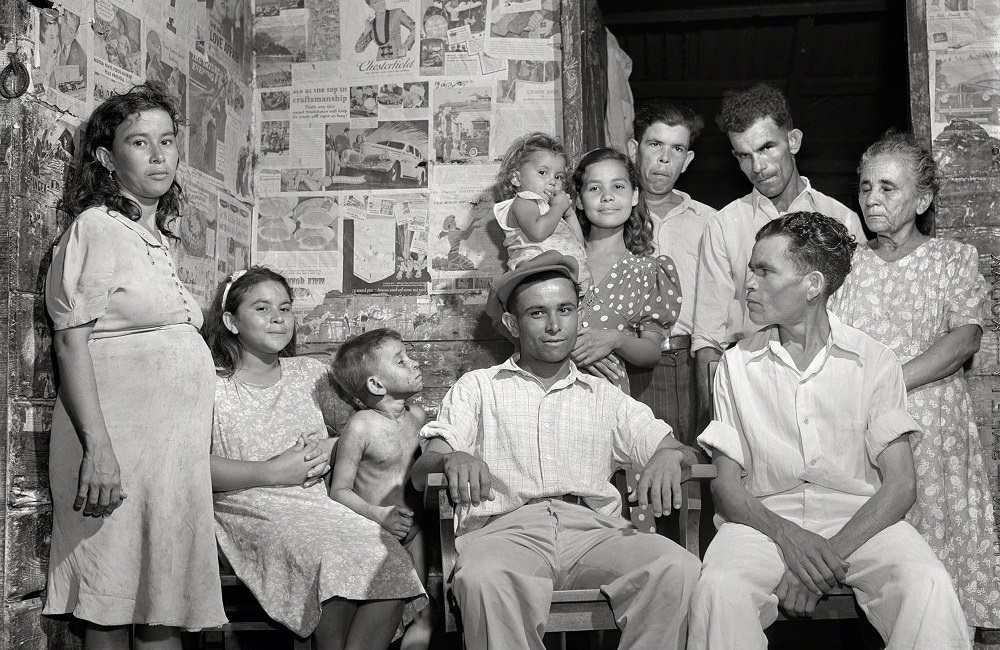
1595
On November 22, Sir Francis Drake, hero of the battle of the Spanish Armada,
with 26 vessels, in the company of Sir John Hawkins, tried fruitlessly to conquer
the island and set San Juan city on fire
(battlemap).
1598
On June 15, the British Navy led by George Clifford, 3rd Earl of Cumberland,
landing in Santurce, conquered the island and held it for several
months, it is forced to abandon his conquest owing to an outbreak
of plague among his troops
(battlemap).
Ginger replaces sugar as Puerto Rico’s main cash crop.
1599
Spain sent 400 soldiers, 46 cannon and a new governor, Alonso de Mercado, to
rebuild San Juan.
Next
Other Resources
- History of Puerto Rico: A Panorama of Its People
- The Four Voyages of Christopher Columbus
- The
Indigenous People of the Caribbean - In Defense of the Indians : The Defense of the Most
Reverend Lord, Don Fray Bartolome de las Casas, of
the Order of Preachers, Late Bishop of Chiapas - Juan Ponce De León and the Spanish Discovery of Puerto
Rico and Florida - Puerto Rico : The Trials of the Oldest Colony in the World
- Puerto
Rico : A Political and Cultural History - The
Tainos : Rise & Decline of the People Who
Greeted Columbus - Puerto Rico Facts for Kids
- Columbus Day? True Legacy: Cruelty and Slavery
- The History of Puerto Rico From the Spanish Discovery to
the American Occupation
A Brief History of Puerto Rico – Puerto Rico Global
Puerto Rico’s vibrancy derives from more than 500 years of rich history and the subsequent blending of different cultures — a fusion that extends to almost every aspect of the island’s identity.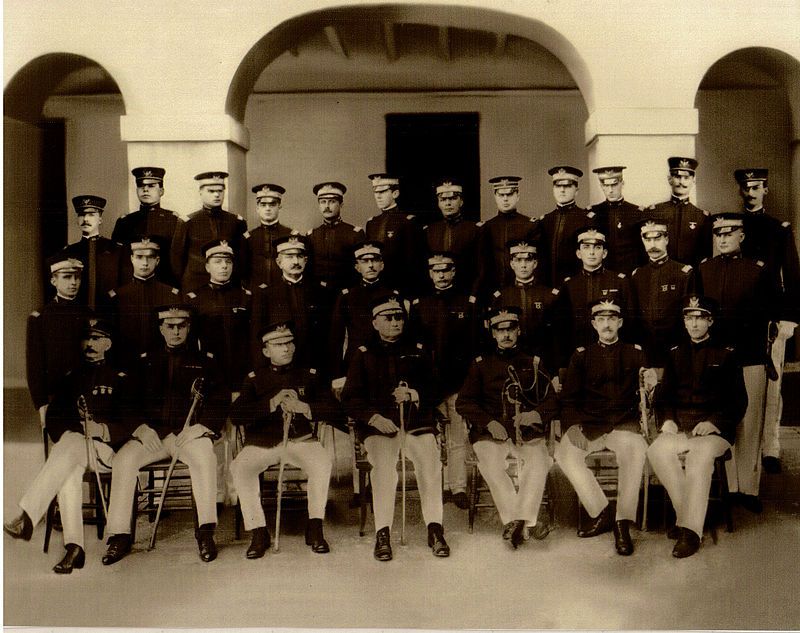
From the interweaving of the Taíno, African, and Spanish traditions emerged the Puerto Rican, a new identity composed of traits from all three groups. From the Spanish colonial architecture and prominent centuries-old buildings that remain an integral part of island; the savory dishes like mofongo and dance moves inherited from the Africans; to the slang and place names that locals still use from the Taínos, Puerto Rico’s identity is the very definition of a well-blended melting pot.
The cultural identity of the island is something you’ll experience in every sight, taste, and sound during your stay.
Taíno Beginnings
Puerto Rico’s first inhabitants were the Taínos, a group of indigenous people that lived on the island for hundreds of years prior to the arrival of the Spanish. Organized in small clans and villages led by caciques (chiefs), they survived by fishing, hunting, and basic agriculture. The Taínos were governed by Agüeybaná and called the island Borikén (Borinquen) – which means “Land of the Valiant and Noble Lord. ”
”
The arrival of the Spaniards in 1493 marked the beginning of the Taíno extinction. Already at war with the Caribs, another indigenous group migrating to the Antilles, the Taínos began to lose territory and under Spanish ruling the original boricuas ceased to exist.
European Arrival
Christopher Columbus arrived in Puerto Rico in 1493 during his second voyage to the New World. Originally, Columbus christened the island as San Juan Bautista (St. John the Baptist), but the name was soon changed to Puerto Rico, or “rich port”, when the Spaniards realized the impressive amount of gold in found its rivers. When the capital city was established, it took the name of San Juan.
Under Spanish governance, the island developed an even more sophisticated agriculture system than what the Taínos had founded. Sugar cane, coffee, and tobacco were among the island’s major exports and, due to increasing demand for products along with the decreasing number of local inhabitants to work the land, Spain brought African slaves to Puerto Rico.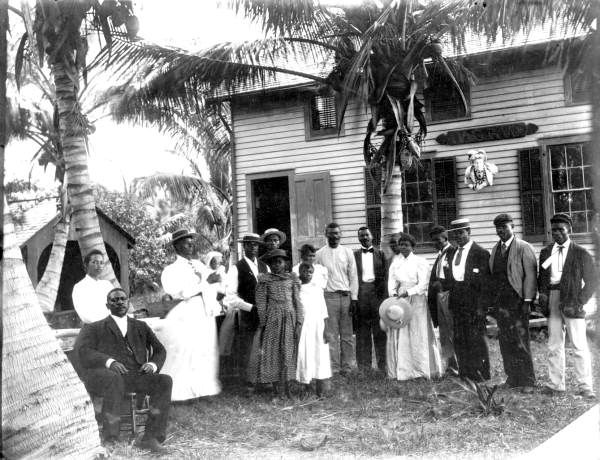
Given its location and richness, Puerto Rico became an important military outpost for Spain and was attacked by the Dutch, French, and English in a series of failed attempts to conquer the island. Forts and Castles like El Morro and San Cristóbal were originally built to protect the strategically significant island. The impressive citadels were never defeated and you can still visit them today.
More info : https://www.discoverpuertorico.com/
Incredible story of a skier from Puerto Rico who overcame a serious illness and came to Beijing
It is unlikely that during the broadcast of the opening ceremony of the Olympics you paid attention to one of the flag-bearers of a tiny delegation from Puerto Rico. Perhaps more colorful characters came to the stadium that evening. And if you suddenly managed to look at the competitions of alpine skiers in the giant slalom, then it is very unlikely that you waited for the competitor number 89 to start.
We are talking about the same person, William Flaherty. A skier from Puerto Rico, where there is no snow from the word “absolutely”, already sounds quite unusual. But this is not the most amazing thing in the history of the 17-year-old boy.
“Our life is like a mosaic of truly tragic moments, but there is both pride and hope,” says William’s mother Ann. When today’s Olympian was three years old, doctors diagnosed the boy with a rare and serious disease, hemophagocytic lymphohistiocytosis. With it, the immune system begins to attack its own organs. In William’s case, it was the liver and bone marrow. According to Ann, the doctors gave 95 percent out of 100 that the boy will not survive. “It was a punch in the gut,” the woman recalls.
After courses of steroids, antibiotics and chemotherapy, it became obvious that bone marrow transplantation was indispensable. The seven-year-old brother of William Charles, with whom he turned out to be one hundred percent compatible, approached the role of a donor.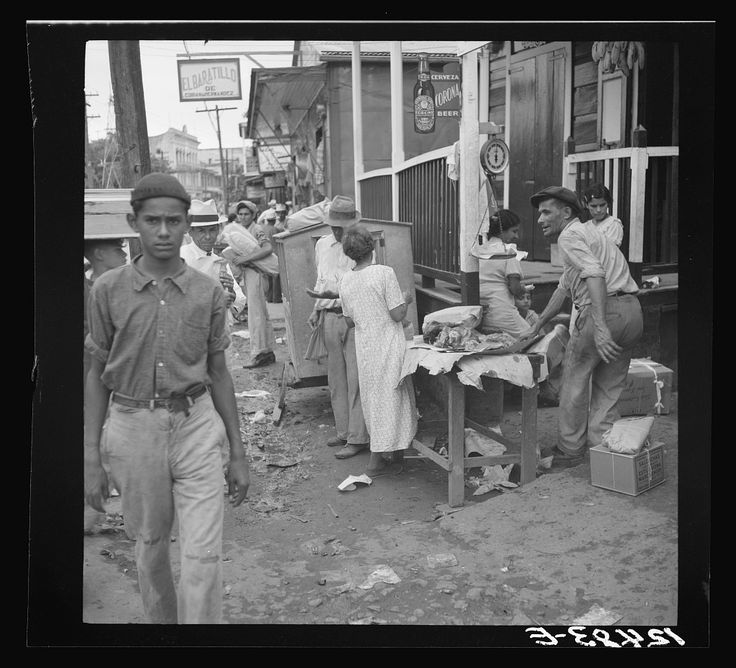 The operation lasted three hours. Ten days later, William was released from the hospital. But the recovery took a long time. “There were many consequences of chemotherapy. I had to pull out, it seems, 22 teeth,” William himself recalls. Even a common cold turned into serious problems. Plus, osteopenia (a disease in which the strength of tissues decreases) made itself felt.
The operation lasted three hours. Ten days later, William was released from the hospital. But the recovery took a long time. “There were many consequences of chemotherapy. I had to pull out, it seems, 22 teeth,” William himself recalls. Even a common cold turned into serious problems. Plus, osteopenia (a disease in which the strength of tissues decreases) made itself felt.
When William was six years old, his family moved from the American city of Cincinnati to Puerto Rico, as required by the work of the boy’s father, Dennis. But this did not cancel the family tradition of regularly going to a ski resort in Colorado.
– Skiing played a key role in Will’s recovery, says his mother. – G-forces have strengthened his bones. As soon as he began to exercise daily in the fresh air and in the sun, the effects of chemotherapy began to pass.
At the age of three, William Flaherty needed a bone marrow transplant. The donor was the seven-year-old brother Charles: the boys were one hundred percent compatible
The father instilled in his sons a passion for the ski slopes. At the age of 13, Charles decided that he should go to the Winter Olympics. He qualified for the 2018 PyeongChang Games, becoming the first Winter Olympian from Puerto Rico. The passage of his brother with a banner at the opening ceremony, his participation in the competition made a huge impression on William. And he got the idea to go to the next Games in Beijing.
At the age of 13, Charles decided that he should go to the Winter Olympics. He qualified for the 2018 PyeongChang Games, becoming the first Winter Olympian from Puerto Rico. The passage of his brother with a banner at the opening ceremony, his participation in the competition made a huge impression on William. And he got the idea to go to the next Games in Beijing.
Passion for skiing helped the teenager when a tragedy occurred in the Flaherty family in the same year: the boys’ father, Dennis, died suddenly. William’s constant training became a kind of therapy for him. “It was my anti-stress, my choice to overcome all these problems. On the other hand, how many people get a chance to get to the Olympics?”
According to Ann, her son’s trip to Beijing was in the balance until the very end. His steroid use as a child had left his lower jaw so hollow that any fall would have been catastrophic. “We prayed that he wouldn’t break anything, because the bone that held his face and teeth was almost gone. ”
”
William Flaherty’s dream came true. Together with skeletonist Kelly Delka, he, like his brother four years ago, carried the flag of Puerto Rico at the Parade of Nations. And he has already performed in the giant slalom, where he closed the fourth ten, although this does not matter anymore.
“Did you see it, dad? We did it!” William wrote on his Instagram after the competition. “Today I fulfilled my dream. I passed two attempts and finished 40th. I hope I will compete in slalom again, but time will tell.”
Flaherty also said that the Beijing Olympics would most likely be his last. “A complex operation on my leg is coming up. A part of the bone is removed from there to fill the cavity in my jaw. Medical problems do not go away, they have long been a part of my life. Of course, if I try hard, I can come to the Games in four years, but I I think it’s time to turn the page and move on.”
The slalom competition will take place on 16 February. The final attempt will begin at 8:45 Moscow time.
Our news in Telegram 90,000 Puerto Rico under the control of the USA – US History
Kristina Tuchina
there is the sea, which brings storms,
My soul is dark -faced there,
where I am hidden from winter cold,
Meet me, Puerto Rico!
Chalk Kovodie, “Puerto Rico”
The island of Puerto Rico became one of the first and last Spanish possessions in America, being discovered by Columbus in 1493 years old At first, the land was named after St. John the Baptist, but in 1508 gold was discovered here, which attracted an influx of colonists. Because of this, the island got the name Puerto Rico, which means “rich port” in Spanish. Already in the 30s. In the 16th century, the gold reserves of the island were almost depleted, and then the Spanish colonists began to grow sugar cane in these lands. At the same time, Puerto Rico served as a kind of outpost for the Spanish colonies.
In 1897-1898, Puerto Rico was granted limited autonomy, but in 1898 the Spanish-American War began, and the island was occupied by the United States, and in December, under the Paris Peace Treaty, it completely came under the control of the States. Until 1900, Puerto Rico was under military rule, and then an act was passed by Congress that established a civilian government with an elected legislature and a governor appointed by the President of the United States, while the supreme legislative power remained in the hands of the US Congress. At 1917, Puerto Rico was proclaimed an American territory, and children born after that year in Puerto Rico automatically received American citizenship.
Due to natural disasters and the Great Depression, the economy and the social situation worsened every year, and after the collapse of the sugar market, the situation became even more serious. In addition, overcrowding created problems with housing and work. In such a situation, the United States came to the rescue.
In 1948, due to the fact that the political forces on the island found a compromise, Puerto Rico held its first gubernatorial election. The first democratically elected governor was Luis Munoz Marin, who remained in office until 1964 years old. In 1950, a group of Puerto Rican separatists attempted to assassinate President Truman, and to calm the passions, Washington agreed to hold a referendum on the constitution. As a result, in 1952, Puerto Rico has its own constitution, and the country receives the status of an associated territory.
In the 1950s, industrial production on the island began to grow rapidly, which transformed the type of economy from agricultural to industrial. The production of sugar cane has declined, but to this day, cane is one of the leading agricultural crops of the island. Puerto Ricans are also active in fishing. And yet, Puerto Rico today is a major tourist center with a developed industrial and pharmaceutical structure.
Puerto Rico is now considered an “Accession State” with self-rule rights. Some residents of the island are fighting for full self-determination, while most Puerto Ricans are absolutely satisfied with the current state of affairs. There are three main political movements in the country: the Popular Democratic Party declares the need to maintain the status quo, the New Progressive Party supports the idea of becoming Puerto Rico as a full US state, and the Puerto Rican Independent Party is separatist, but supported by a very small number of voters. It is believed that the question of the status of Puerto Rico is still one of the leading problems of the state. Accordingly, it is practically the most discussed in the government so far. However, despite lengthy discussions, deputies, members of the government and ordinary people still cannot deal with this issue to this day.
Some residents of the island are fighting for full self-determination, while most Puerto Ricans are absolutely satisfied with the current state of affairs. There are three main political movements in the country: the Popular Democratic Party declares the need to maintain the status quo, the New Progressive Party supports the idea of becoming Puerto Rico as a full US state, and the Puerto Rican Independent Party is separatist, but supported by a very small number of voters. It is believed that the question of the status of Puerto Rico is still one of the leading problems of the state. Accordingly, it is practically the most discussed in the government so far. However, despite lengthy discussions, deputies, members of the government and ordinary people still cannot deal with this issue to this day.
Foreign policy, defense, international trade matters are subject to the jurisdiction of the US authorities. Internal affairs are handled by an elected governor. The internal structure is similar enough to the structures in the US states, but Puerto Ricans cannot participate in US elections, and are also exempt from federal taxes. However, residents of the island can receive federal social assistance. Also, Puerto Ricans can elect a deputy to the House of Representatives.
However, residents of the island can receive federal social assistance. Also, Puerto Ricans can elect a deputy to the House of Representatives.
Puerto Ricans, being US citizens, are proud to be Americans, but they are very proud of their country, Puerto Rico, of their culture. In addition, despite the fact that English is considered the main language along with Spanish, English is more often used for business communications, although it is spoken by a large part of the population, but usually almost all conversations here are conducted in Spanish.
Thus, Puerto Rico is a state dependent on the United States in external manifestations. Perhaps this state of affairs serves as yet another proof that the United States has the greatest influence on states throughout the Western Hemisphere. So far, this state of affairs suits mostly all Puerto Ricans, since, in general, the United States is pursuing a soft policy towards the annexed state, however, subject to a change in the US political course, the possibility of separation of Puerto Rico, where there are already a certain number of supporters of separatism, is quite likely .